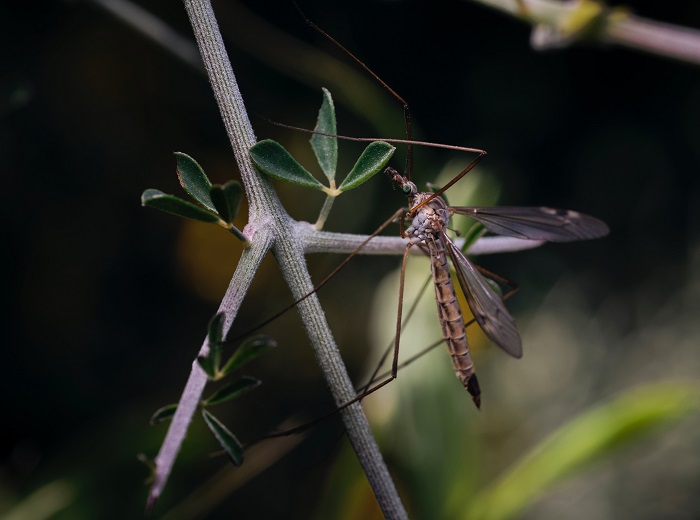Tropical places are famous for their lush greenery, vibrant cultures, and, well, lots of mosquitoes. In these hot and humid regions, you’ve got not just the buzz but also the risk of diseases like malaria, dengue, and Zika carried by these pesky critters.
But guess what? There’s a new player in town, the mosquito attracting light (or mosquito light), and it’s here to help. Let’s dive into how these lights roll and see if they’re the real deal for beating mosquitoes in the tropics.

The Mosquito Menace in the Tropics
Tropical areas are mosquito heaven. The warm, humid climate is just perfect for these buzzing bloodsuckers to thrive. Sadly, these regions also deal with a heavy load of mosquito-borne diseases that can make people sick or even deadly. So, it’s not just about getting rid of the nuisance; it’s a matter of life and death.
How Mosquito Attracting Lights Do Their Thing
These gadgets are like bug magnets. They use ultraviolet (UV) light to mimic the heat and glow we humans give off. Mosquitoes fall for it, thinking it’s dinner time.
When they get close, these devices either trap them with fans or sticky stuff or simply fry them with electric grids.
How They Help in the Tropics
Here are the pathways:
Less mosquito bother
The main purpose of mosquito lights is to cut down on mosquito bites. In tropical zones where mosquitoes are a big issue, these lights can seriously dial down annoyance.
Disease Defense
By keeping mosquitoes away from us, mosquito lights are like our frontline defense against nasty diseases. This is especially true in places where malaria and dengue are major problems.
Guarding Vulnerable Folks
In tropical spots, you’ve got lots of vulnerable folks, like kids and older adults, who can get really sick from mosquito-borne diseases. Mosquito lights give them some extra protection.
Team Effort
When mosquito lights are set up in a community, it’s like everyone’s pitching in to fight the mosquito army. Lower mosquito numbers mean fewer chances for disease outbreaks.
Eco-Friendly
Unlike chemical bug killers that can harm the environment, mosquito lights are eco-friendly. That’s a big deal in tropical places with delicate ecosystems.
Challenges to Think About
But hold up, it’s not all sunshine and rainbows.
Different mosquito types
These lights might not work equally well for all mosquito species. It depends on what’s buzzing around in your area.
Maintenance Alert
Mosquito lights need regular cleaning and TLC to keep them working their magic. That could be a hassle in places with limited resources.
Not a solo act
Mosquito lights work best when they’re part of a bigger mosquito-fighting squad. You still need things like mosquito nets, repellents, and education to tackle the problem.

Conclusion
In tropical places, where mosquitoes are a real pain and diseases are a big worry, those mosquito-attracting lights are like our trusty sidekicks in the battle. They’re pretty awesome at keeping mosquitoes away from us and lowering the mosquito gang’s numbers.
But don’t get it twisted; they’re not the one and only solution. To really kick those mosquitoes to the curb in the tropics, we need to team up and work together. Mosquito lights play a big role, but it’s going to take a group effort. If we keep pushing with more research, cool new ideas, and community action, these lights might just be the glimmer of hope in the fight against mosquito-borne diseases in our tropical paradise.
